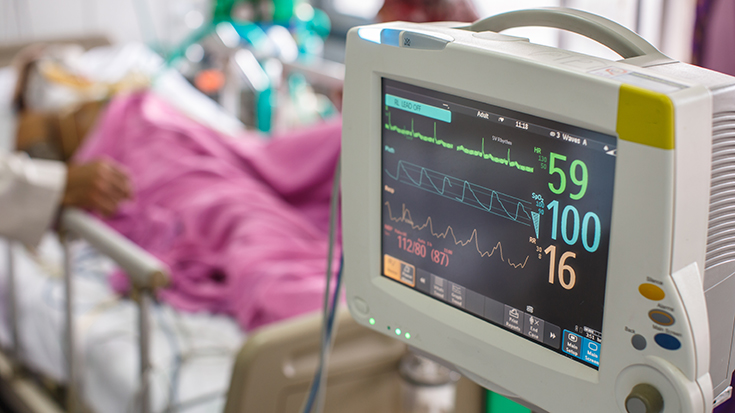Critically ill patients are more prone to respiratory complications especially when on ventilators. It is observed that mostly ICU is flooded with patients having acute respiratory syndrome. As ventilators share the burden of the lungs there is a chance that patient feels difficulty in breathing on his own lungs when removed from the ventilator. This is the reason physiotherapy is considered an important element while managing intensive care patients. Basic objective of physiotherapy is to avoid respiratory issues in patients. These therapists aim at ensuring clearance of airways, improved lungs volume, optimized oxygenation, and respiratory muscle strengthening. Physiotherapist use special techniques and equipment to get desired results.
Body Positioning For Ventilator Patients
Mobilization and changing body position on regular basis can assist patients to overcome dependence on ventilators. Generally, upright position seems to provide better results as it increases lung volume which in turn facilitates drainage of secretion from segments of the lungs. Though, there is no proper evidence about how often this mobility can be more effective but generally change in position at the interval of 2 to 4 hours can be helpful for the patient.
Deep Breathing Exercises For Ventilator Dependent Patient
Deep breathing aids ventilated patients with breathing normally using their lungs. Patient practices to breathe with large volumes combined with a hold of 3 seconds. Breath hold provides lungs with extra time to fill obstructed segments and helps in re-expansion of the lung tissues. Deep breath exercises are interrupted with breathing control in between to allow patient to take some rest. Huffs (forced expirations) are suggested at the end of deep breathing in order to clear secretions from lungs without putting extra pressure. To avoid fatigue in patients deep breathing exercise is repeated maximum up to 4 times.
Incentive spirometry is one of the deep breathing techniques successfully used in patients who are able to understand and follow instructions. Incentive spirometry device provides visual cues to inform patients that desired volume or flow has been targeted. It is proved to be the best for patients who suffer or are at danger of suffering from reduced oxygenation, lung collapse either partial or complete, and loss of muscle strength.
Chest Physiotherapy
Physiotherapist use different chest therapies on patients in intensive care to ensure secretion clearance. Therapists may use chest clapping, shaking, vibrations, rib springing, and chest compression to activate functionality of lungs. All these techniques are applied in a specific posture like side lying or postural drainage to get best results. Chest physiotherapy aims at providing energy to airways to mobilize secretions as well as enhances expiratory flow.
Inspiratory Muscle Training (IMT)
Inspiratory muscles are at the risk of wear and tear if not used properly or for a long time. Prolonged mechanical ventilation or immobilization is more likely to cause many complications in inspiratory muscles like muscle atrophy, loss of muscle endurance, and difficulty in breathing without aide. This is the reason physiotherapist adopt different techniques to minimize deconditioning of these muscles. Inspiratory muscle training is one of the best techniques therapists apply on patients in ICU. This training involves resistance inspiration against specific pressure threshold using a handheld device. Continuous practice of IMT improves the function as well as strength of respiratory muscles.


